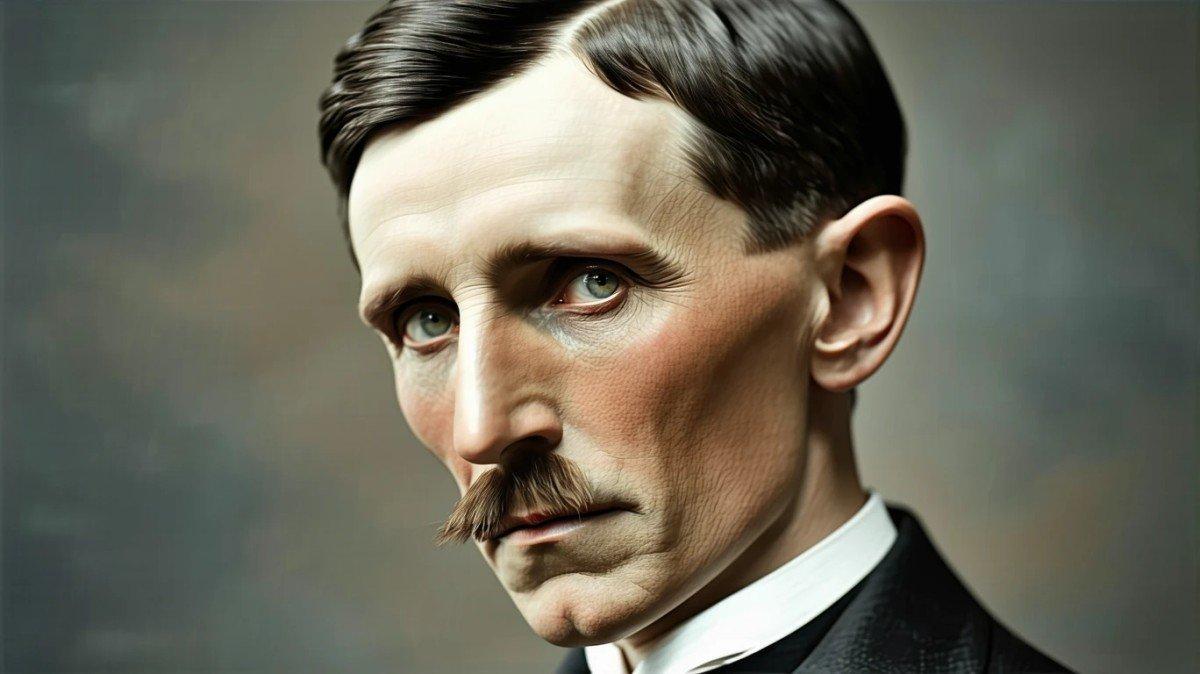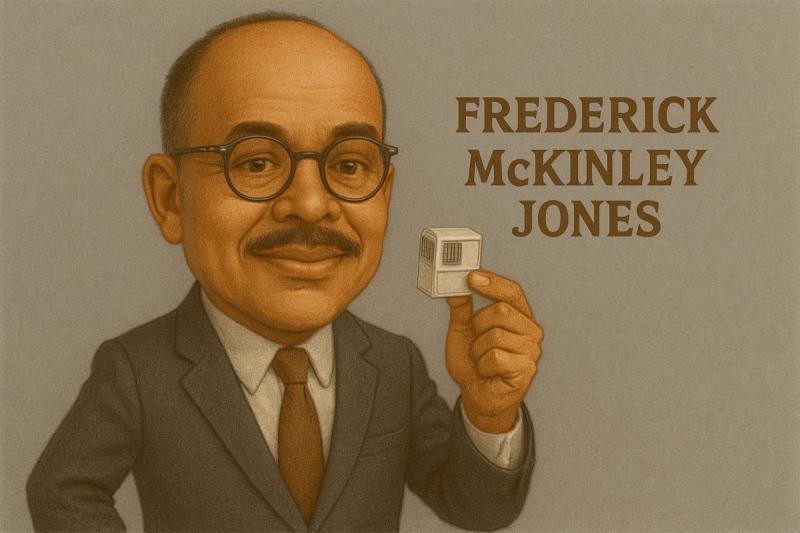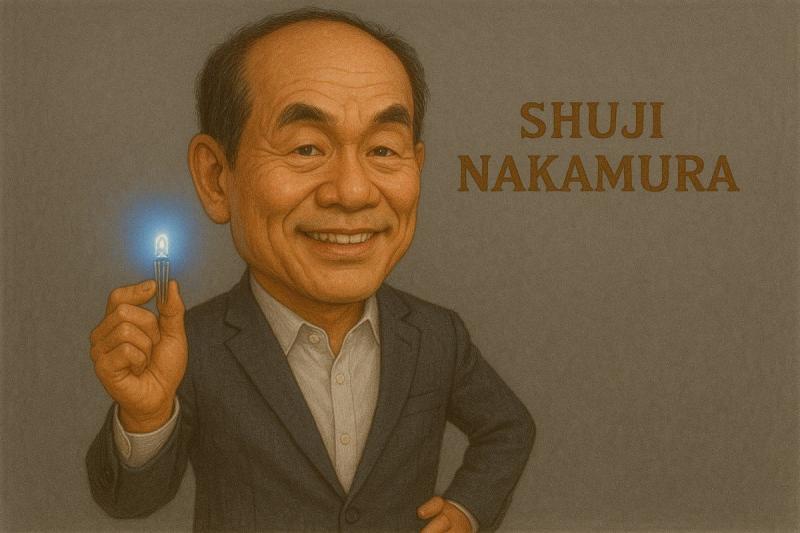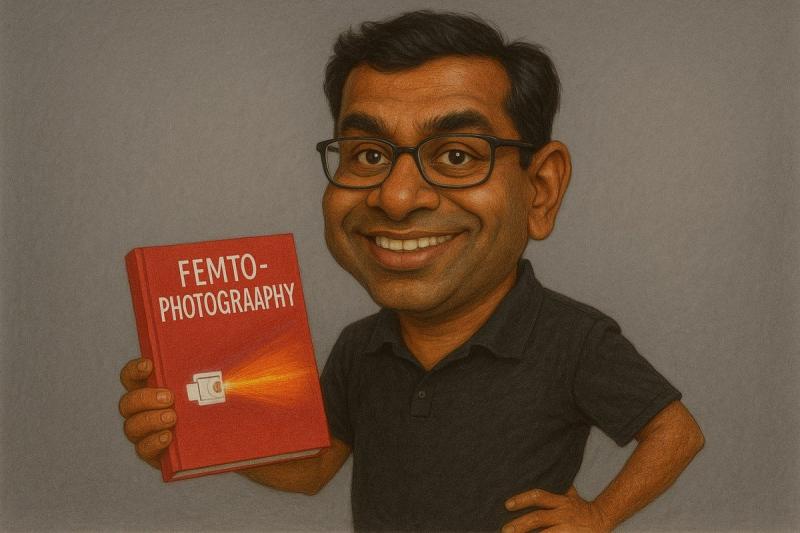Nikola Tesla and His Unusual Love for Pigeons - Was He Really Talking to Birds?
Ever wonder what goes on inside the brilliant mind of a genius? Well, I've got a story for you that's equal parts fascinating and, honestly, a bit weird. We all know Nikola Tesla as the eccentric inventor who gave us alternating current and basically helped power the modern world. But there's a lesser-known side to Tesla that involves... pigeons. Yes, you read that right – the man who revolutionized electricity claimed he could communicate with pigeons and even fell head over heels for one particular white bird.
Tesla's Unusual Relationship with Pigeons
Tesla wasn't just casually interested in pigeons – he was obsessed with them. During his later years, while living in New York City hotels, Tesla would regularly visit parks to feed his feathered friends. This wasn't just a casual hobby; it became a daily ritual that he prioritized regardless of his other commitments.
The inventor would spend significant amounts of his dwindling funds on caring for injured pigeons he found. He'd bring them back to his hotel room, nurse them back to health, and release them when they recovered. Hotel staff often complained about the birds in his room, but Tesla didn't care. His connection to these creatures went beyond what most would consider normal affection.
The Special White Pigeon
Among all the pigeons Tesla cared for, one particular white pigeon captured his heart in a way that has puzzled historians and biographers for decades. According to Tesla's own accounts, this wasn't just any bird – this was the love of his life. I'm not exaggerating; he actually said that.
Tesla described his relationship with this white pigeon in surprisingly romantic terms. He claimed the bird would visit him daily, somehow knowing where to find him even when he moved to different hotels. According to Tesla, they shared a bond that transcended normal human-animal relationships.
In his own words: "I loved that pigeon as a man loves a woman, and she loved me. As long as I had her, there was a purpose to my life."
Pretty intense stuff, right? When the white pigeon eventually died, Tesla claimed that he knew his life's work was finished. He described seeing a bright light coming from the bird's eyes before she died – a light "more intense than I had ever produced by the most powerful lamps in my laboratory."
Did Tesla Really Communicate with Pigeons?
Now for the million-dollar question: Did Tesla actually communicate with pigeons, or was this just the eccentricity of an aging genius?
Tesla claimed he could understand pigeons and that they could understand him. He spoke about having conversations with his beloved white pigeon and receiving messages from her. According to some accounts, he believed the white pigeon was conveying important information to him from another realm.
From a scientific perspective, there's zero evidence that Tesla had developed some Dr. Dolittle-like ability to speak with animals. However, there are a few possible explanations for what was happening:
- Tesla was experiencing mental health issues in his later years, possibly suffering from obsessive-compulsive behaviors and perhaps even hallucinations
- His extreme isolation led to anthropomorphizing the pigeons, attributing human characteristics and communication abilities to them
- The birds' behavior, which he interpreted as communication, was simply their response to being regularly fed and cared for
The Context: Tesla's Later Life
To understand this unusual relationship, we need to look at Tesla's life circumstances when his pigeon obsession peaked. By the 1920s and 1930s, Tesla was living in relative obscurity. The once-celebrated inventor was now aging, increasingly isolated, and struggling financially.
Living alone in hotel rooms, having never married or formed a traditional family, Tesla's pigeons likely provided companionship that he desperately needed. The birds became his surrogate family and emotional support system.
Tesla had always been eccentric, but his behavior became more unusual with age. Besides his pigeon fixation, he developed other compulsions, like his obsession with the number three and his ritual of walking around buildings three times before entering them.
What This Reveals About Genius and Isolation
Tesla's pigeon relationships offer a fascinating glimpse into the complex psychology of genius. Throughout history, many brilliant minds have displayed unusual behaviors or formed atypical attachments.
The pigeon story reminds us that even the most brilliant scientific minds are still human, with the same needs for connection and companionship as everyone else. When conventional relationships failed to materialize in Tesla's life, he found an unconventional solution.
The story also highlights the potential consequences of isolation. Tesla, who gave so much to humanity through his inventions, ended up seeking emotional fulfillment from birds rather than people. It's both touching and heartbreaking.
The Legacy of Tesla's Pigeon Love
While some might dismiss Tesla's pigeon relationships as the ramblings of a man losing his grip on reality, I think there's something deeply human about it. In a way, it humanizes a genius who is often portrayed as almost superhuman in his intellectual abilities.
Tesla's love for his white pigeon has become part of his mystique. It adds another layer to the legend of a man who already defied conventional understanding. And TBH, it makes for a great story – the kind that ensures Tesla remains not just a scientific figure but a cultural icon with depths and quirks that continue to fascinate us.
Final Thoughts
Was Tesla actually communicating with pigeons? Almost certainly not in any literal sense. But did he find genuine connection, comfort, and purpose in his relationship with these birds, especially his beloved white pigeon? Absolutely.
Sometimes genius and eccentricity go hand in hand, and Tesla embodied both in spectacular fashion. His pigeon relationships might seem strange to us, but they made perfect sense in his world. And really, isn't that what matters? In a life dedicated to revolutionary thinking and breaking boundaries, why should his approach to companionship be any different?
Next time you see pigeons in the park, maybe give them a second look. After all, one of history's greatest minds found profound meaning in their company. Who knows what secrets they might be carrying? :)



